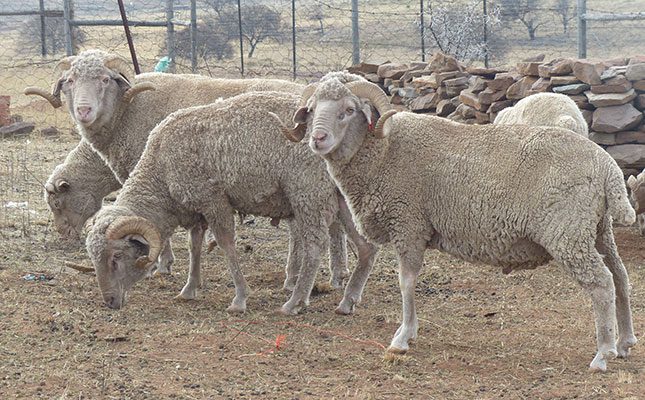
In the many years I have spent running development and skills transferral projects in communal farming areas, I have noticed a distinct problem that occurs across vast expanses of these areas, and this relates to a lack of handling or loading facilities where livestock can be viewed, sorted, and loaded by prospective buyers or agents.
The same counts for facilities needed to process and market crops and vegetable produce. Essentially, you can produce good quality livestock, but if buyers are expected to struggle while processing and later loading your livestock because of poor or non-existent facilities, there will ultimately be two detrimental outcomes.
Firstly, reputable buyers will stop buying in your village, and secondly, buyers prepared to struggle under these circumstances (often being unscrupulous buyers) will often pay you way less than what your livestock is actually worth on the open market.
The glaring outcome or problem here is that profit margins have been systematically eroded in many farming domains generally because of ever-climbing input costs linked to fuel, medicines, livestock feeding, and so forth.
Thus, when you are being forced to sell at 30% or even more under the going market rate, you are running your business at a massive loss and your operation will eventually cease to exist.
Seemingly, many communal farmer groups fail to ensure good livestock handling and loading facilities because only some farmers are prepared to financially contribute to their erection and maintenance, and these people eventually become loath to do this because their contributions are benefitting other farmers who are not prepared to contribute.
The end result is that everyone then suffers the aforementioned consequences.
Infrastructure committees
I therefore strongly urge communities to develop infrastructure committees comprised of committed and serious farmers who can develop important infrastructure such as handling/loading facilities, and who can later maintain such facilities and other crucial infrastructure such as water pumps and windmills, camp fencing, drinking troughs, and so forth.
These committees should prioritise the following:
- The effective training of persons envisaged to erect and maintain infrastructure. Erecting substandard facilities such as handling/loading kraals and fencing just exacerbates problems and can be a costly exercise in futility. Departmental agricultural extension officers should be approached to hold workshops as to how facilities and fencing is properly erected;
- A community fund should be created that is intended to pay or remunerate trained persons who are looking after your essential infrastructure. Funds that are overseen by the dedicated infrastructure committee can perhaps be raised via farmers agreeing to a small portion or set percentage of livestock sales, or the community could ask buyers to contribute to such a fund per each animal that they purchase. As a mere example I’ve seen in some communities, this could be as little as R10 per sheep and R50 per cow;
- Regular interactions between infrastructure workers and the infrastructure oversight committee need to be held and workers should be asked to give monthly reports on the status of infrastructure and what may be required in order to keep maintenance up to a good standard.
Numerous communities seem to believe that it’s government’s role to keep building new farming infrastructure in communal farming areas and to maintain this infrastructure, but national funds are not unlimited and economic signs in South Africa are pointing toward ever-diminishing disposable income in the national fiscus.
It is therefore important that communities increasingly strategize as to how to maintain functionality without outside assistance.
If outside assistance is indeed received, then it is vital that donated infrastructure is kept in a state of good repair, because replacement costs increase quite dramatically each year as a result of inflation.
The trained team that you develop will be in a position to do this properly. Importantly, communal farming areas have two important and valuable existing assets in the form of land space and livestock and it now becomes crucial to maximise this value in an attempt to provide livelihoods for a new generation of farmers.
Shane Brody is involved in an outreach programme aimed at transferring skills to communal farmers.










